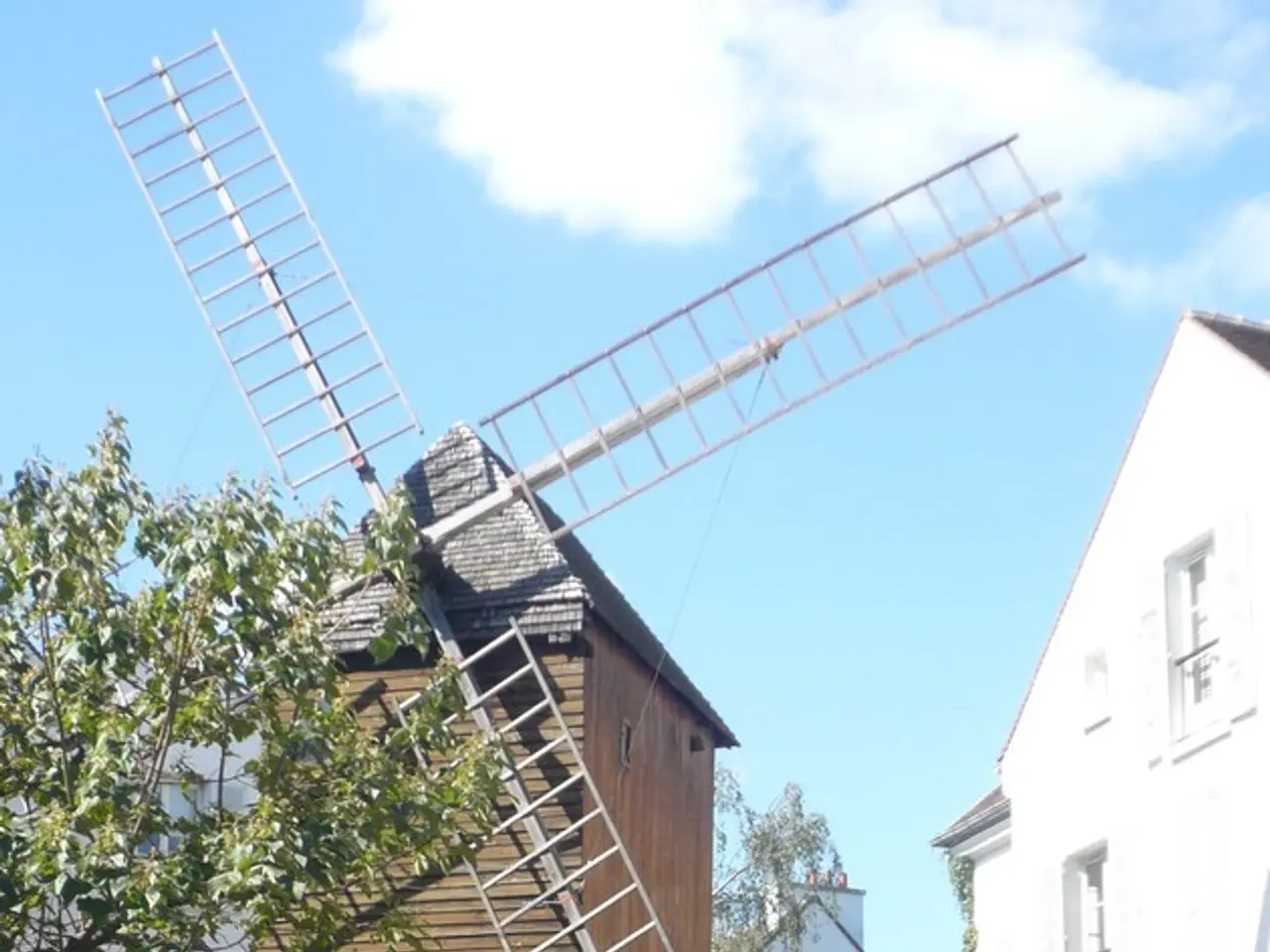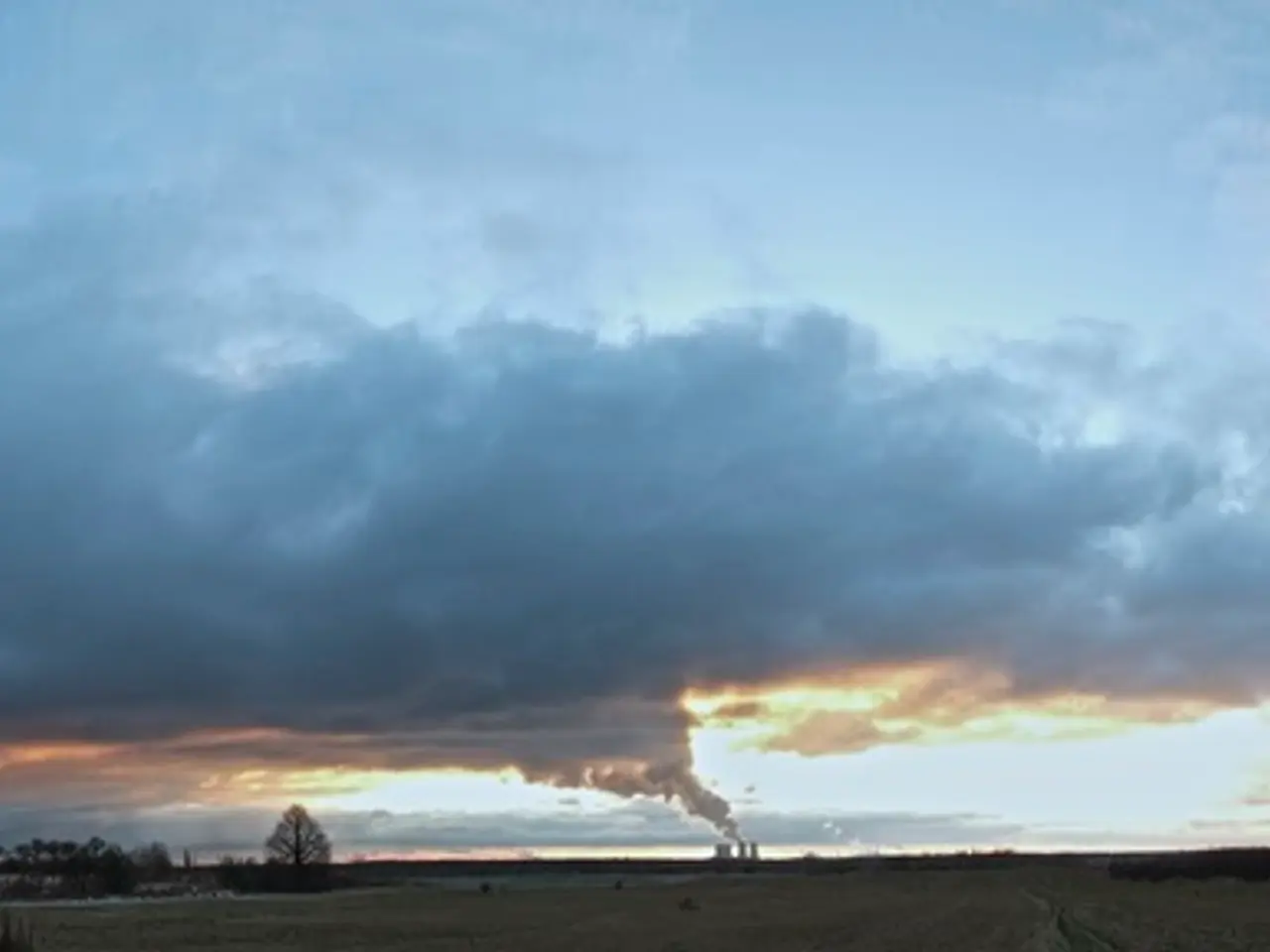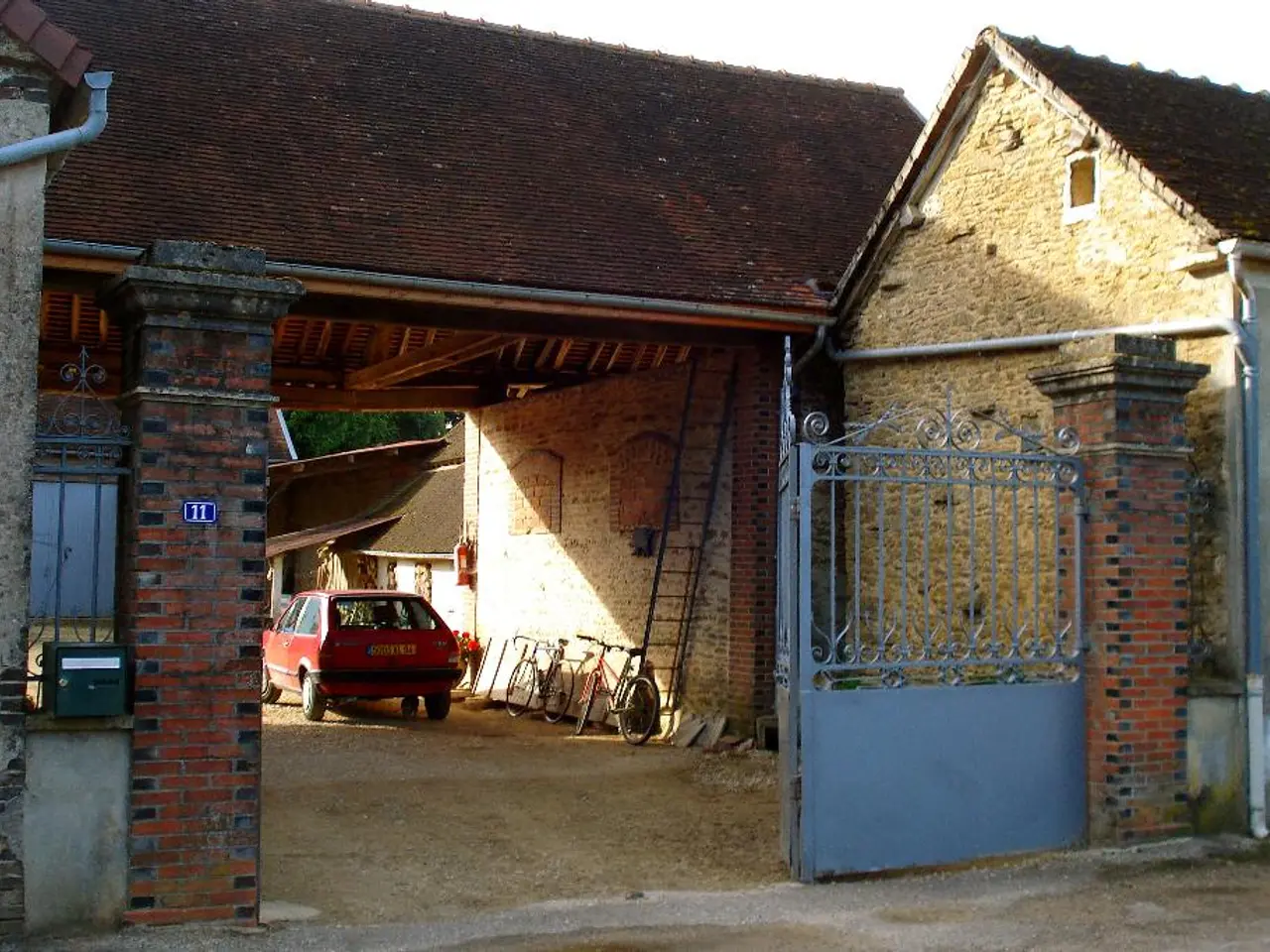Approximately one fourth of the newly installed wind turbines operation takes place in Lower Saxony. - Approximately one fourth of the newly installed wind turbines in Lower Saxony are in operation.
In the first half of 2025, Lower Saxony has cemented its position as a frontrunner in Germany's wind energy sector, with 89 new wind turbines connected to the grid, trailing only North Rhine-Westphalia[1]. This active expansion is a testament to the region's commitment to renewable energy and its strategic importance in achieving the targets set out in the Renewable Energy Act.
Lower Saxony's dominance is evident in the numbers. The state currently boasts the highest total capacity of wind energy in Germany, with 13.4 gigawatts across 6,202 wind energy facilities[5]. In the nationwide tally of 400 new wind turbine facilities, almost a quarter were installed in Lower Saxony[2]. The newly added capacity in the state accounts for 22.8 percent of the nationwide total, with 91 new wind turbine facilities having a combined capacity of 502 megawatts[6].
Several significant projects and company initiatives underscore the robust growth and future expansion in Lower Saxony. ENOVA, a key player, has submitted approval applications for fifteen wind energy projects totalling about 500 MW capacity in the first half of the year. These projects, a mix of repowering and greenfield initiatives, aim to modernise existing wind farms and install new ones[2].
ABO Energy is another company making strides in Lower Saxony. They recently secured a contract for a 7 MW turbine in the state, with commissioning planned for 2027[3]. Energiequelle GmbH, meanwhile, has commissioned a state-of-the-art wind farm at the Zeven site, installing nine advanced Vestas V162 turbines. The wind farm is expected to produce about 133 million kWh annually, enough to power approximately 40,000 households[4].
However, the pace of expansion must remain high to meet the targets set out in the Renewable Energy Act. Silke Weyberg, business manager at the Association for Renewable Energies, emphasised the need for forward-looking infrastructure policy to support wind energy expansion[7]. The evaluation also showed a clear north-south gradient in newly installed wind turbine facilities, with Saxony, Thuringia, Hesse, and Bavaria each having only six to eight new facilities in the first half of the year[1].
In conclusion, Lower Saxony's strong presence in the wind energy sector is crucial for Germany's broader goals of rapidly expanding renewable energy capacities. The region's active modernisation of existing sites and development of new greenfield projects are supported by both private companies and federal approval processes, positioning Lower Saxony as a key player in Germany's renewable energy future.
References: [1] Bundesverband Windenergie and VDMA Power Systems (2025). Evaluation of Wind Energy Development in Germany. [2] ENOVA (2025). Press Release: ENOVA Submits Approval Applications for Wind Energy Projects in Lower Saxony. [3] ABO Energy (2025). Press Release: ABO Energy Wins Tariff Tender for Wind Project in Lower Saxony. [4] Energiequelle GmbH (2025). Press Release: Energiequelle GmbH Commissions Zeven Wind Farm in Lower Saxony. [5] Bundesverband Windenergie and VDMA Power Systems (2025). Evaluation of Wind Energy Development in Germany. [6] Bundesverband Windenergie and VDMA Power Systems (2025). Evaluation of Wind Energy Development in Germany. [7] Association for Renewable Energies (2025). Press Release: Forward-Looking Infrastructure Policy Needed to Support Wind Energy Expansion.
In the strategic plans for renewable energy development, Lower Saxony's community policy fosters an impressive number of vocational training programs for its wind energy industry, ensuring a skilled workforce to maintain and expand renewable-energy capacities. Furthermore, the region's finance sector plays a vital role in securing funding for renewable energy projects, such as the 7 MW turbine commissioned by ABO Energy or the Vestas V162 turbines installed by Energiequelle GmbH.




